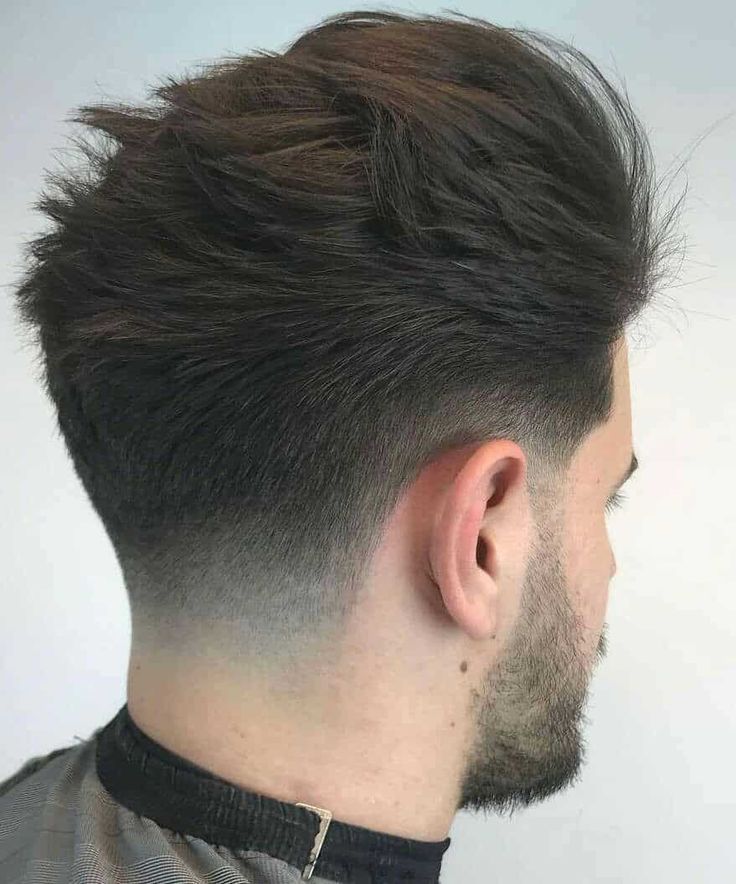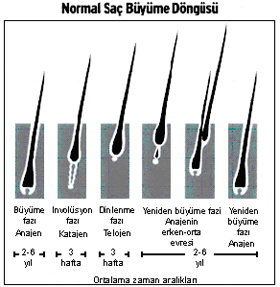About Hair
There are many different characteristics that distinguish people from each other. Hair is one of the most diverse structures among these characteristics. Its color, shape and length are different from person to person. Apart from all this natural diversity, people change the appearance of their hair according to their own tastes and preferences, making it a part that completes their external appearance.
The importance of HAIR for individuals can also be understood from the hair styles that have changed over the centuries. Hair and youth are concepts that are generally thought of together. In contrast, hair loss in men has been perceived more as a sign of maturity and wisdom. Accordingly, everyone should decide the importance of hair loss for themselves.
If hair loss is important to you and you don't like losing it, you can find what you are looking for on these pages.
What is HAIR Made of?
HAIR contains a type of keratin and consists of three different layers: cuticle, cortex and medulla. The cuticle is the protective part of the outer layer and consists of many layers of tile-like cells that cover each other. The cortex makes up the majority of the hair.
What Affects the Color and Structure of HAIR?
The different colors and shades of HAIR are the result of melanin pigmentation. Melanocytes in hair are mainly produced by the melanocytes surrounding the hair. Hair turns gray with age. However, true gray hair is rare until advanced age; hair that is often called gray hair is a mixture of white and pigmented hair. It is thought that a sudden loss of pigmentation occurs in the early stages of graying.
There may also be differences in the cross-sectional appearance of hair of people of different races. The hair cross-section of white people is oval and tends to be curly. The hair cross-section of people from Africa and the Caribbean is flat and the hair strands are tangled; Asians are usually round and flat.
HAIR Cycle
The HAIR life cycle consists of 3 phases: anagen (active growth), categen (transition), and telogen (resting). The anagen phase lasts about 1000 days, the categen phase a few weeks, and the telogen phase about 100 days. At any given time, 5-10% of the hair is in the telogen phase. Thousands of different hair follicles on the scalp are in different stages at any given time.
Hair grows continuously for 2-6 years, an average of 1 cm each month, and then stops growing for 2-4 weeks. After this period, the hair falls out, normally an average of 100 hairs are shed each day. Because the hair cycle is so slow, it takes time for any treatment to be effective.










